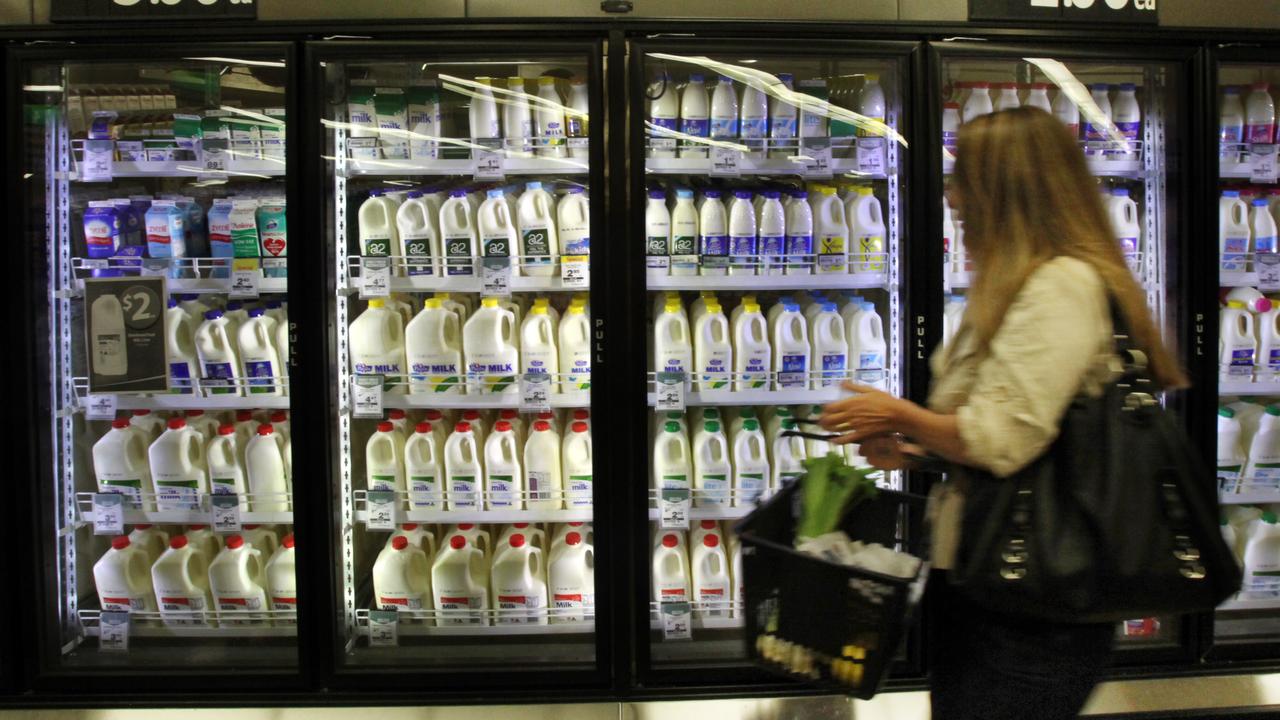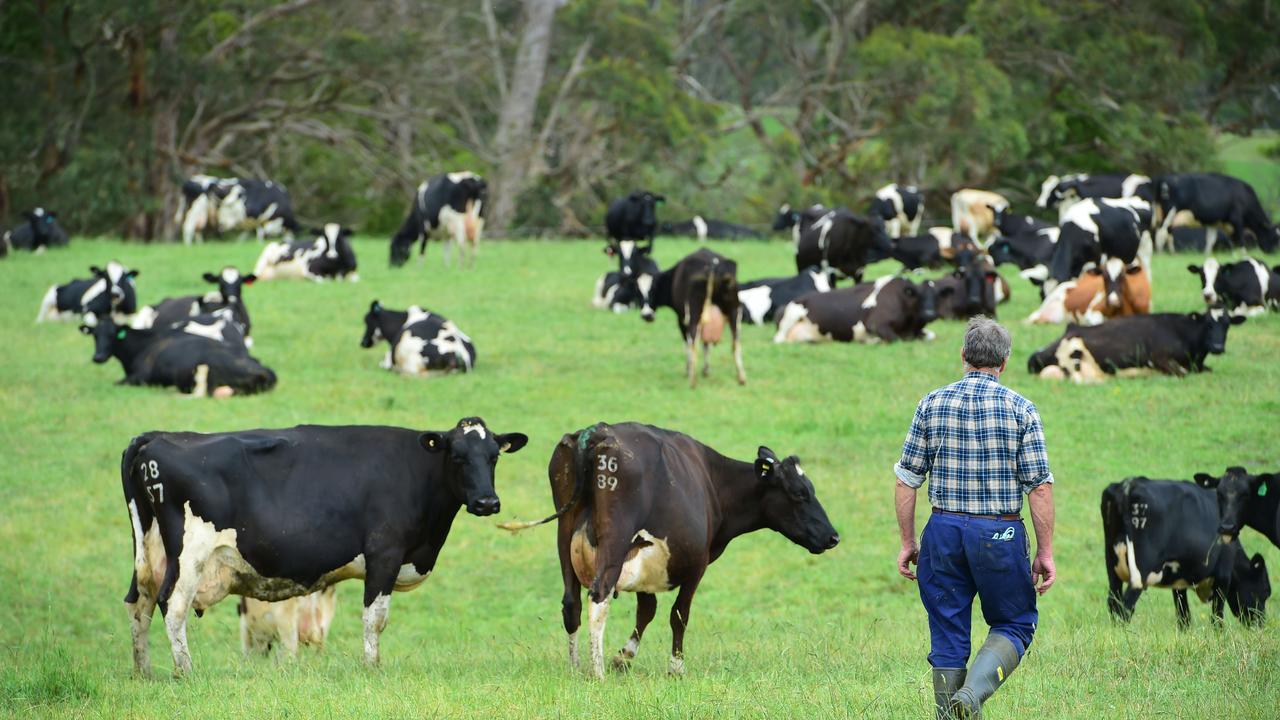NSW water shortages 20 years in the making
WATER security must always be a priority issue, given we live on the world’s driest continent, it’s observed in this EDITORIAL.

WATER security must always be a priority issue, given we live on the world’s driest continent.
Surely every political leader realises water underpins Australia’s food and financial security, and our very survival.
So why then have western NSW towns run desperately low on drinkable water?
Walgett councillor Bill Murray says the problem has been creeping up on his community for 20 years as the climate dries and northern irrigation developments expand.
“Towns should have a greater percentage of water reserved in storages,” Mr Walgett said. “(And) there hasn’t been much work done on getting extra capacity.”
Only now as the water crisis hits is the NSW Government scrambling to raise the Barwon Weir and install pumps to boost Walgett’s supplies.
There’s even talk of installing portable desalination plants to make bore water drinkable.
What's happening in NSW sits in stark contrast to Victoria, where many towns and farms in the state’s west are tapped into the Wimmera Mallee pipeline.
It’s a reminder that community lobbying and good governance have delivered a water grid that needs to keep on growing.
But there are still gaps in Victoria’s rural water security, as evidenced by Gippsland farmers who are carting stock and domestic water to keep households running and retain core breeding stock.
In the short term they need a stock water carting subsidy, based on what’s already in place in NSW and Queensland.
Victorian Agriculture Minister Jaclyn Symes needs to at least double the $5000 on-farm infrastructure grants, to help Giffard and Stradbroke farmers install bores, pumps, tanks and troughs that deliver longer-term water security.


